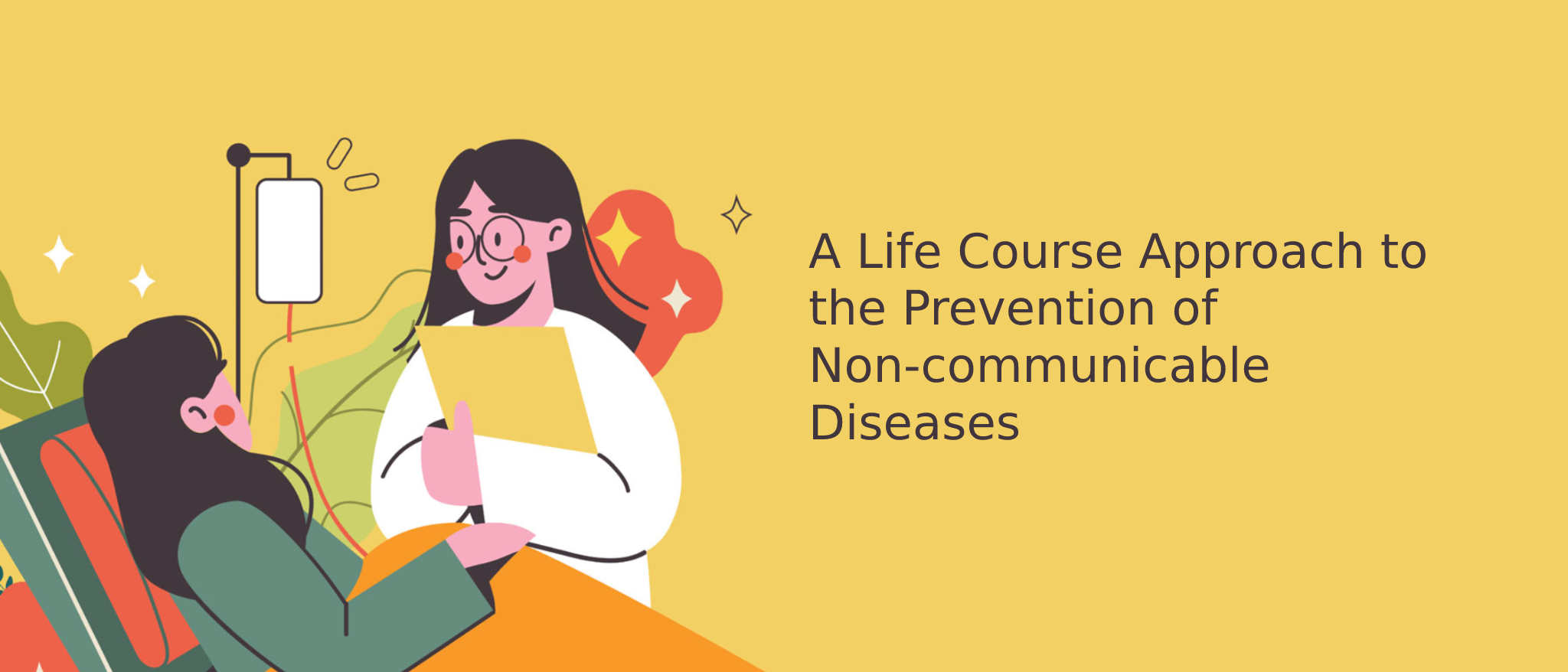Women & Children
HEALTH AND WELL BEING OF WOMEN AND CHILDREN
Women’s health
Women and girls often face barriers to accessing adequate health care that considers their unique anatomy, physiology, and genetic differences from men. Women’s health issues and unique physiology are underrepresented in research and clinical studies. This disparity is even greater for women of color and marginalized populations. Women-specific health conditions can be related to pregnancy, infertility, hormonal imbalances, menstruation, or other gynecological issues. Like men, the most common cause of death among women is cardiovascular disease. Besides the traditional risk factors, women have gender-specific risk factors like autoimmune diseases, and pregnancy-related complications such as gestational diabetes, hypertension, preterm birth, and pregnancy loss. Ninety-four percent of all maternal deaths occur in low-and middle-income countries. Threats to women’s physical and emotional health also include violence. The World Health Organization estimates that 1 in 3 women globally have been subjected to either physical and/or sexual violence in their lifetime. The healthcare system plays an important role in providing care to women who have experienced violence and referring them to additional support services. Women play a pivotal role in determining the health and diet of the family and children. Often the demands on women lead them to de-prioritize their own health needs. Efforts should be made to understand the barriers that face women and girls accessing adequate care and should be addressed in education on a healthy lifestyle and disease prevention.
Children’s health
Over the last few decades, significant progress has been made toward reducing maternal and child mortality rates. Yet, many low- and middle-income countries still have concerns about neonatal and child mortality rates, particularly in sub-Saharan Africa and Southern Asia. According to the World Health Organization, in 2020, 2.4 million children died within the first month of life. Preterm births, intrapartum-related complications, and neonatal infections are the primary cause of neonatal deaths. Deaths in children under five are associated with malnutrition and infections like pneumonia, diarrhea, and malaria. Accidents and injuries are the leading cause of death in children ages 5 to 15. Non-communicable diseases (chronic respiratory diseases, acquired heart diseases, childhood cancers, diabetes, and obesity) are also emerging priorities in the global child health agenda. Despite lower COVID-19 infection rates, the pandemic adversely affected children’s physical and mental health due to school closures, disrupted routines, more time in front of digital screens, increased stress, and reduced physical activity. Obesity rates have increased compared to already concerning pre-pandemic levels. Many children missed their essential vaccinations during the pandemic, resulting in the risk of a surge in vaccine-preventable diseases, such as measles. We aim to focus on continuing to lower the neonatal mortality rate among rural and disadvantaged communities, reduce the mortality and burden of illness among children under five, and promote a healthy lifestyle among children and adolescents.
Women and girls often face barriers to accessing adequate health care that considers their unique anatomy, physiology, and genetic differences from men. Women’s health issues and unique physiology are underrepresented in research and clinical studies. This disparity is even greater for women of color and marginalized populations. Women-specific health conditions can be related to pregnancy, infertility, hormonal imbalances, menstruation, or other gynecological issues. Like men, the most common cause of death among women is cardiovascular disease. Besides the traditional risk factors, women have gender-specific risk factors like autoimmune diseases, and pregnancy-related complications such as gestational diabetes, hypertension, preterm birth, and pregnancy loss. Ninety-four percent of all maternal deaths occur in low-and middle-income countries. Threats to women’s physical and emotional health also include violence. The World Health Organization estimates that 1 in 3 women globally have been subjected to either physical and/or sexual violence in their lifetime. The healthcare system plays an important role in providing care to women who have experienced violence and referring them to additional support services. Women play a pivotal role in determining the health and diet of the family and children. Often the demands on women lead them to de-prioritize their own health needs. Efforts should be made to understand the barriers that face women and girls accessing adequate care and should be addressed in education on a healthy lifestyle and disease prevention.
Children’s health
Over the last few decades, significant progress has been made toward reducing maternal and child mortality rates. Yet, many low- and middle-income countries still have concerns about neonatal and child mortality rates, particularly in sub-Saharan Africa and Southern Asia. According to the World Health Organization, in 2020, 2.4 million children died within the first month of life. Preterm births, intrapartum-related complications, and neonatal infections are the primary cause of neonatal deaths. Deaths in children under five are associated with malnutrition and infections like pneumonia, diarrhea, and malaria. Accidents and injuries are the leading cause of death in children ages 5 to 15. Non-communicable diseases (chronic respiratory diseases, acquired heart diseases, childhood cancers, diabetes, and obesity) are also emerging priorities in the global child health agenda. Despite lower COVID-19 infection rates, the pandemic adversely affected children’s physical and mental health due to school closures, disrupted routines, more time in front of digital screens, increased stress, and reduced physical activity. Obesity rates have increased compared to already concerning pre-pandemic levels. Many children missed their essential vaccinations during the pandemic, resulting in the risk of a surge in vaccine-preventable diseases, such as measles. We aim to focus on continuing to lower the neonatal mortality rate among rural and disadvantaged communities, reduce the mortality and burden of illness among children under five, and promote a healthy lifestyle among children and adolescents.
Ways to participate in C20
Udhaharans

AYUDH – Global Youth Wing

Vidyamritam – Children scholarships

Technology enhanced Learning: AmritaRITE, OLabs, MedSIM, AyurSIM, AVIEW, VLab

Online Education – African batch of fully funded students in Amrita’s BCA degree
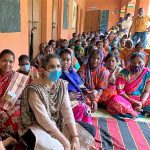
AmritaJSS – Skill Development and Adult Literacy
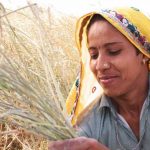
AmritaServe – Education, Skill Development, Learning Technologies

Inclusive Education: Amrita Orphanage, Amrita Institute for Differently Abled, Amrita Speech and Hearing Improvement School (ASHIS), Village Education Centers
Join the 999 challenge
The challenge is to practice 9 rounds of Surya Namaskar and 9 minutes of Meditation for World Peace daily for 9 days and then reflect on the impact it had on your life. The challenge highlights how yoga and meditation can have a major impact on mental health and physical well-being. Participants of the challenge have reported experiencing positive changes in their life outlooks, energy levels and overall sense of well-being. This, in turn, contributed to an atmosphere of peace within their schools and families. The goal is to reach 1 million people around the world by international yoga day, June 21st.
Share your experiences with 999
Now that you have completed your 9 days of Surya Namaskaram and prayers for world peace, we want to know about your experience!
Please share your experience with the 999 challenge, let us know how it has impacted you mentally, emotionally, and physically.
Your response can be written, or a video.
Chaupal C20
Each one of us influences the health of our society. The #YouAreTheLight campaign is a platform for all to share their experiences of health problems in society and suggest solutions to be included in our policy pact for the G20.
Events
We aim to widen the discussions on different facets of sustainable development goal 3: Good Health and Well-Being with policy building meetings and a series of public webinars and awareness campaigns that will take place throughout 2023.
Join us for one of our upcoming events.
Sub-Working Group Coordinators
Dr. Saritha Shekhar
Amrita Hospital, Kochi
Contact us: wch.ihh.c20india@amrita.edu
Contact us: wch.ihh.c20india@amrita.edu
Dr. Vinitha Prasad
Amrita Hospital, Kochi
Contact us: wch.ihh.c20india@amrita.edu
Contact us: wch.ihh.c20india@amrita.edu
Core Committee Members
Dr. Shakuntala A Chhabr
Mahatma Gandhi Institute of Medical Sciences, Sevagram, Maharashtra
Dr. N .K. Arora
The INCLEN Trust International
Dr. N. Subramonia Iyer
Freelance Consultant MCH
Dr. Smita D. Mahale
ICMR-National Institute for Research in Reproductive & Child Health, Mumbai
Neeta Dhabhai
CHRD-SAS
Nita Bhandari
Centre for Health Research & Development, Society for Applied Studies
Karen Lacey, MS, RDN
University of Wisconsin-Green Bay
Devaki Nambiar
George Institute for Global Health
Sunita Taneja
Centre for Health Research & Development, Society for Applied Studies
Padmini Murthy MD
New York Medical College School of Health Sciences and Practice / American Medical Women’s Assn.
Vanita Suri
PGIMER, Chandigarh
Duru Shah
Cynaecworld
Piyush Gupta
University College of Medical Sciences
Andy Carmone
Clinton Health Access Initiative & Indigenous Health Solutions
Thushara Madathil
Amrita Hospital, Kochi
Allison Gilchrist
California State University
Prof. (Dr.) M. K. C. Nair, D. Sc.
Amrita Hospital, Kochi
Dr. Manorama Bakshi
Director, Consocia Advisory
Areas of Focus
Upcoming Events
No event found!
Latest News

Message from the Chair, C20 India 2023
Our Inspiration
Amma sees the whole world as a flower. Each petal represents a nation. If one petal is infested with pests, it will affect the other petals as well. The beauty of the whole flower suffers. It is the responsibility of each and every one of us to protect and nurture this flower. All living beings in creation are interdependent. The rhythm of Nature depends upon humanity. It’s necessary to maintain the rhythm of the mind and body for the sake of our health and lifespan, for the sake of humankind and Nature.
Amma,
Sri Mata Amritanandamayi Devi ❤️
Sri Mata Amritanandamayi Devi ❤️
Our Partners & Advisory Members



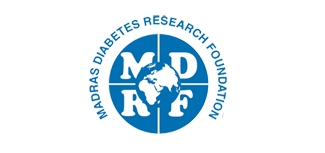




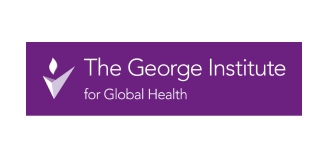

Contact Us
If You Have Questions About An Upcoming Event, Need More Information About C20, The Health Working Group, Or Anything Else, We'd Love To Hear From You.
- Email: ihh.c20India@amrita.edu





